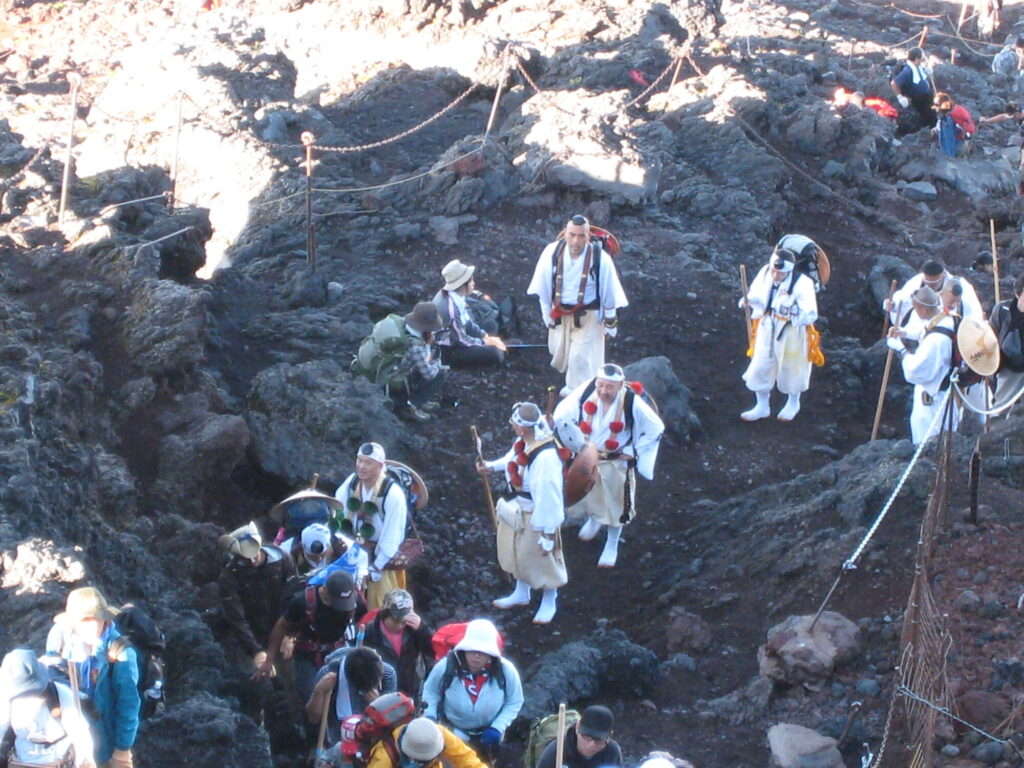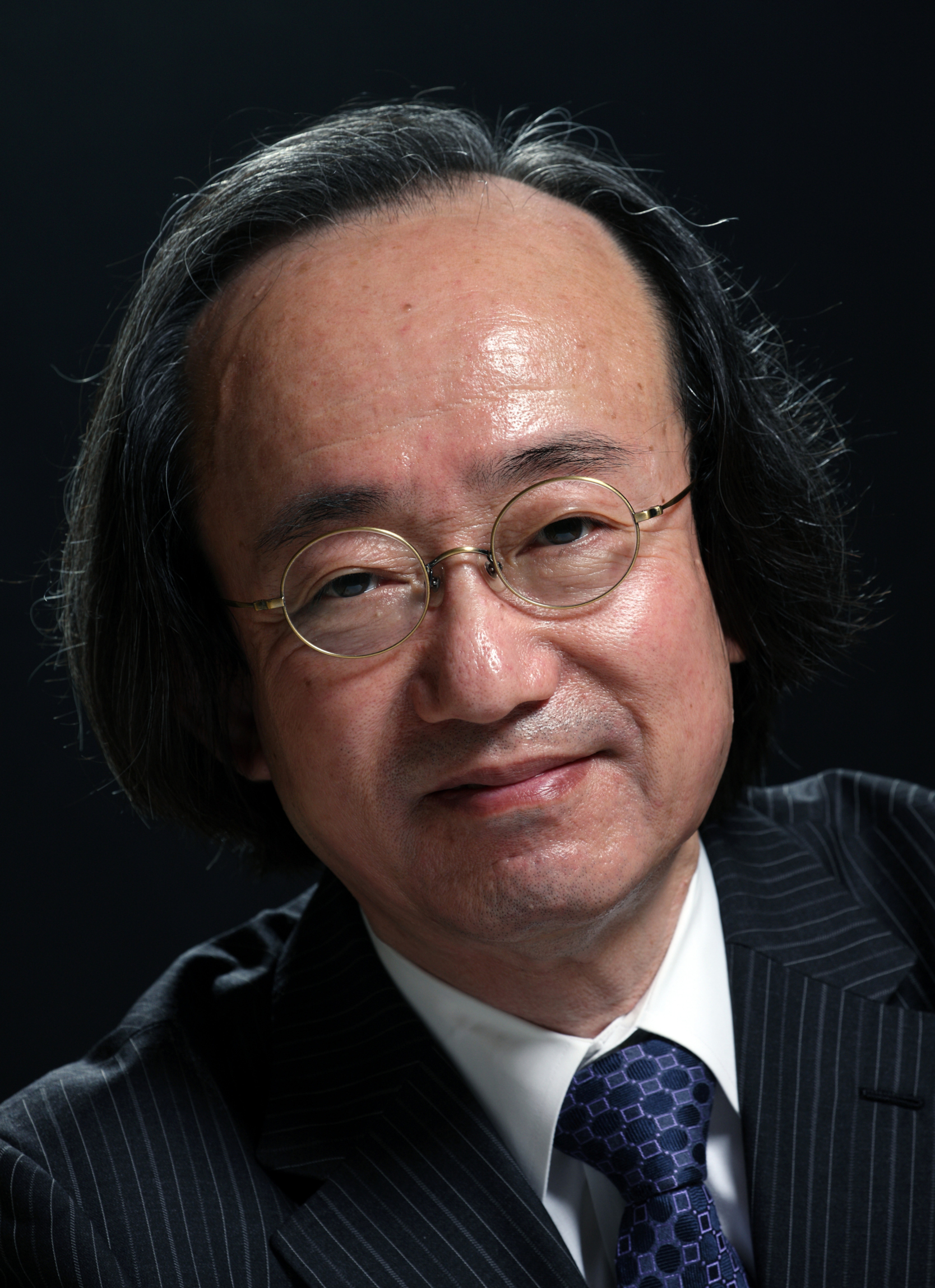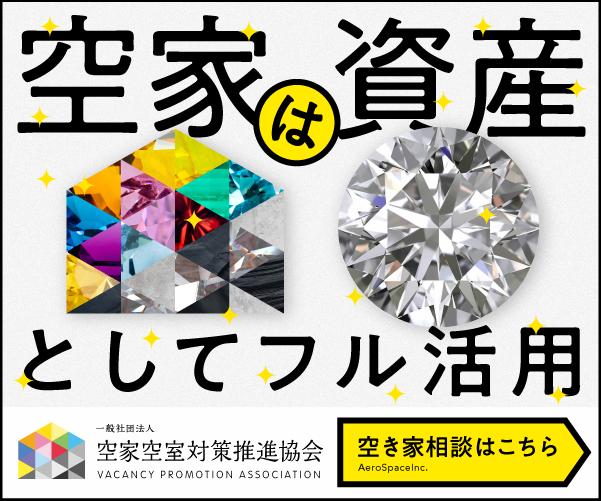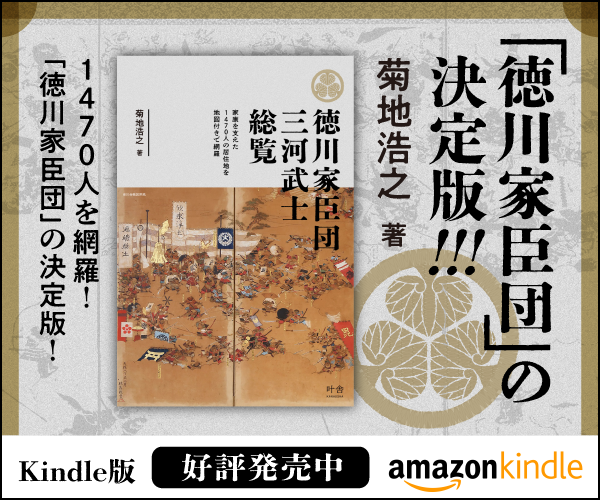Born in 1953 in Kanagawa Prefecture. Ph.D. from the University of Tsukuba. Specialized in religious studies (Japanese and Tibetan esoteric Buddhism). His research focuses on the transformation of mind and body during ascetic practice and iconography. His major publications include “Introduction to Buddhism for Monks,” “An Introduction to Buddhism You Don’t Know,” “Modern Japanese Translation of the Lotus Sutra,” “Modern Japanese Translation of Nichiren’s Rissho Ankoku Ron,” “Rekyo! Japanese Buddhism,” “Coloring Mandala,” “Modern Japanese Translation of Kukai’s Secret Key,” “[Modern Japanese Translation of] Jodo Sanbu-kyo,” and “[Modern Japanese Translation of] Nichiren’s Kanshin Honzon-sho” (all from Shunju-sha), “Esoteric Buddhism,” “Detailed Description: A Book to Understand 13 Japanese Buddhist Sects” (all from Kodansha), “What is Mandala” (NHK Publications), and many others.
Shugendo, a unique Japanese folk religion
down in Japan since ancient times. Shugendo is scientifically defined as “an ethnic religion unique to Japan that was formed by mixing ancient Japanese mountain worship with Shintoism, foreign Buddhism, Taoism, and Yin-Yang Taoism. Shugendo has long been the mainstay of popular Buddhism.
Shugendo is a religion of superhuman strength. Shugendo practitioners have acquired this power through severe ascetic practices in nature, especially in the deep mountains, and have saved people from various kinds of suffering. Because they go up and down the deep mountains, they are also called “Yamabushi” (mountain priests).
All of the mountains mentioned above as the “Seven Sacred Mountains” were the sites of Shugendo. In particular, Mt. Omine and Mt. Shakagatake, which rise along the Omine-Okugake-Okugakemichi route connecting Yoshino in the north and Kumano in the south, are still places of ascetic practice.

Mt. Fuji has also long been a place of Shugendo ascetic practice. Especially in the Edo period (1603-1867), ordinary people living in Edo formed an organization called “ko” and worshipped there in groups. This was called “Fuji-ko.
Fuji, especially from the mid-1600s to the mid-1700s.
Fuji, ascetic monks fasted at Eboshi-iwa, located at the eighth station of the mountain, and entered the temple after 35 days. In this case, “entering the abode” means keeping the body and waiting for Maitreya’s descent, which will take place in 567 million years.
Incidentally, it is often written that Maitreya’s descent will be 5.67 billion years later, but in ancient China “billion” means “ten million”, so the actual time is 567 million years later.
Climbing the summit of Mt. Fuji from Mt.Takao
Mt. Takao in Hachioji City, Tokyo, which is listed by Michelin as the closest holy site in the world to the city center, is home to a Shingon sect temple, which was the center of the Shugendo sect of Buddhism.
In 2008, this temple on Mt. Takao began a walking ascetic practice (about 160 km round trip) starting from a shrine on Mt. Takao and ending at the inner shrine of Sengen Taisha on the summit of Mt.
Japanese and other foreign tourists visiting Japan these days, many of them climb up from the 5th station, but in fact the walk from the North Gōguchi Hongu of Fuji-Yoshida to the 5th station is more lush and green, and the sense of oneness with nature that Shugendo aimed at is very pleasant to walk through.

On Mt. Fuji, many people aim to reach the summit in a single day, but if you climb the mountain on the same path that the ascetic climbers took, you will experience a different aspect of mountain worship that will make you realize a different meaning of climbing Mt. Fuji.












